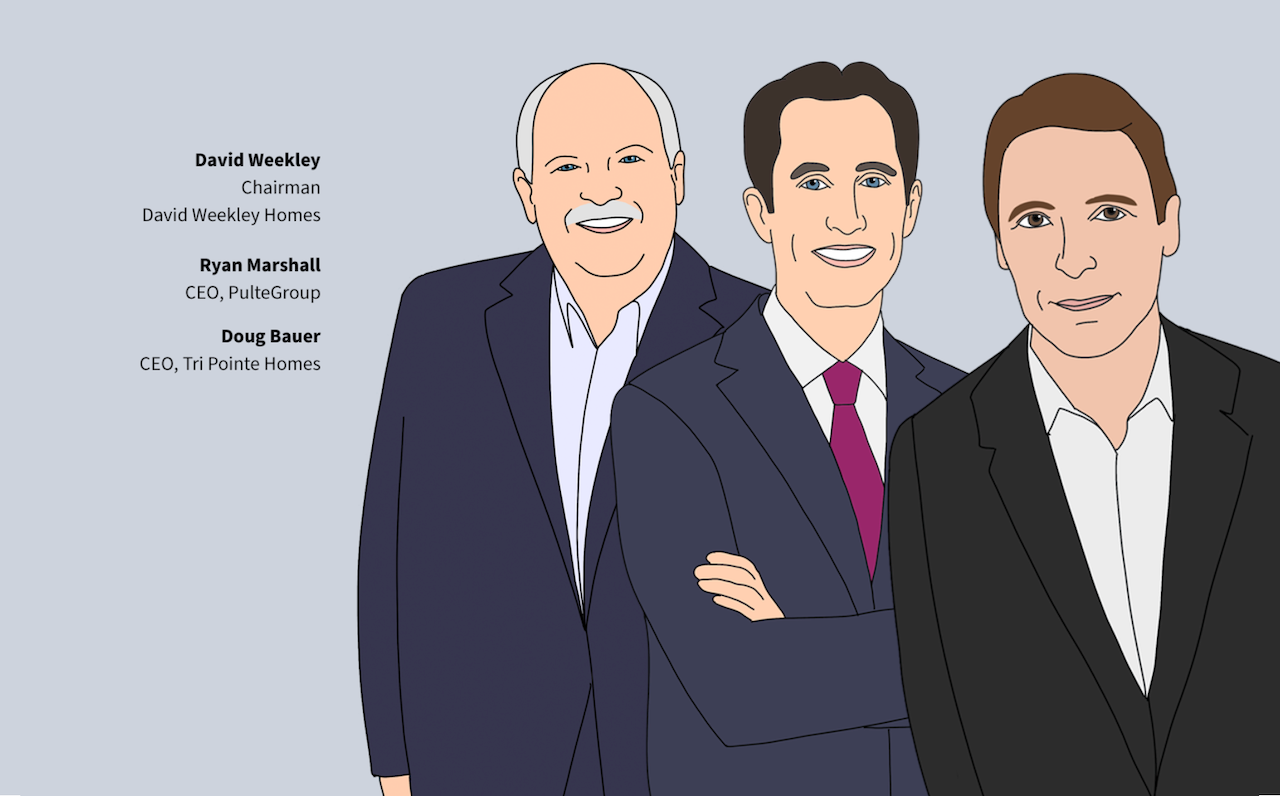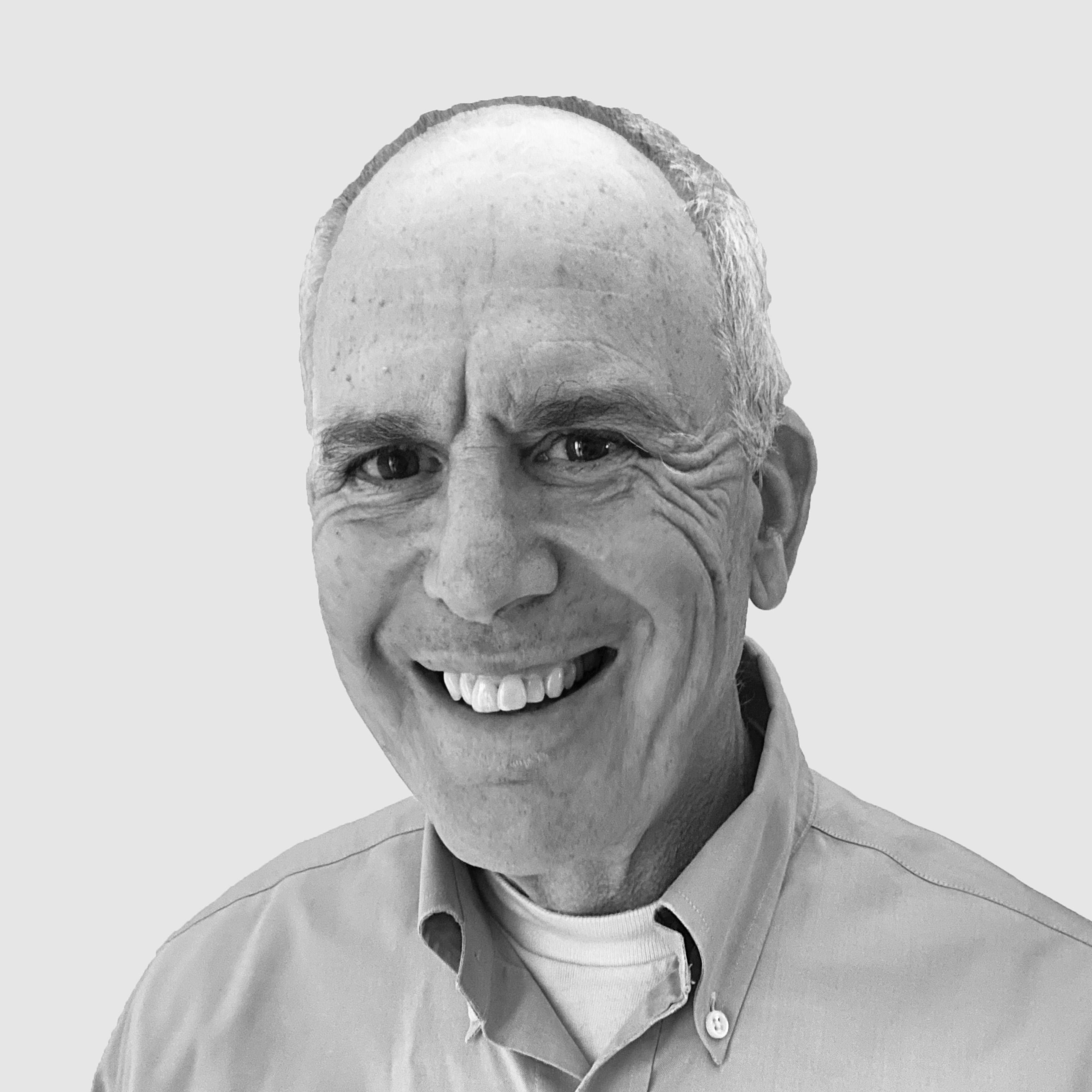Leadership
Why People Culture Is 2025’s Hardest-Working Advantage
In a market running in thinner air, David Weekley Homes, PulteGroup, and Tri Pointe Homes show how Fortune’s “Great Places to Work” aren’t just nice to have — they’re business-critical.

In the boom years, recognition came with the turf.
When Fortune’s Great Places to Work list came out in 2022, 2023, and 2024, homebuilders were fairly coasting on a pandemic afterglow — demand outpacing supply, resales scarce, margins fat – the only game in town. The list landed in an environment where growth felt inevitable.
Now the air’s thinner. Sales have slowed to a stubborn crawl. Buyers are waiting, or walking away. Prices are still high, rates are still “higher-for-longer,” and every Fed meeting feels like a coin toss. On top of that, AI and automation aren’t just tech stories anymore — they’re job stories, and income stories. The disruption is real, and it’s seeping into every kitchen-table budget conversation in America.
Inside the industry, the reflex is predictable: sharpen the pencil. Cut variable costs. Trim lot takedowns. Push suppliers. Squeeze every line item.
And yet — right here, right now — three builders decided to keep leaning into something that doesn’t show up on a cost spreadsheet: their people. David Weekley Homes. PulteGroup. Tri Pointe Homes. All three just made Fortune’s 2025 100 Best Companies to Work For list.
Again.
The Competitive Moat You Can’t Fake
In this air-pocket market, “homebuilder of preference” isn’t a branding phrase. It’s a hard advantage — with trades, distributors, land sellers, financiers, and yes, the people who choose to work for you.
McKinsey calls it out bluntly in new research: companies that invest in human capital and financial performance are four times more likely to beat the competition. AI may rewire workflows, but without people who can adapt, connect, problem-solve, and drive business growth, the investment sits there.
Weekley, Pulte, and Tri Pointe didn’t build their reputations in a boom quarter. They built them over years of consistent leadership, follow-through, and cultures that match the slogans on the breakroom wall.
David Weekley Homes – Values Under Pressure
Ask anyone who’s worked there: 97% say it’s a great place to work; 99% are proud to say so out loud. The company’s been on Fortune’s list 17 years straight.
Part of it’s structural — privately held, with an ESOP that makes associates literal owners. But the real glue is cultural, and it comes from the top.
Back in 2010, at the tail end of the Great Recession, Weekley closed out an industry conference in a half-empty room. Instead of telling war stories about his own company’s survival, he talked about customers — in the broadest sense. Buyers. Associates. Trades. Partners. People who had taken real hits when the market cratered.
This is not ever about us,” he said. “This is always about our customers.”
The line rings as true and relevant today as it did 15 years ago.
That mindset, reinforced by long-term leadership like longtime former CEO John Johnson, shows up in the way the company operates. Johnson’s Commitment to Excellence program linked customer satisfaction directly to operational discipline. The result: a workforce that knows exactly why the bar is high — and takes pride in clearing it.
PulteGroup – Purpose You Can Measure
Ninety-three percent of employees say it’s a great place to work. For a builder with 7,200+ U.S. employees and a brand portfolio that includes Centex, Pulte Homes, and Del Webb, that’s no small feat.
Here, “culture” isn’t an HR memo. It’s embedded. Human resources and manager teams work on recruiting and training a diverse bench of talent. Cultural awareness programming isn’t a box-check — it’s live, interactive, and tied to the business. Out in the market, Pulte puts its values into play with affordable housing efforts and down payment assistance.
Flexibility is another signal. The company is rolling out a two-day-in, three-day-remote week. McKinsey’s data says that kind of intentional hybrid model — with clear goals and check-ins — beats rigid rules every time.
CEO Ryan Marshall came to homebuilding through accounting, but his pitch is anything but dry:
We and our partners get to play a major role in one of the most meaningful parts of people’s lives, their homes.”
Recruiters say Pulte’s promote-from-within culture and robust training turn out people who can deliver both the culture and the work product from day one.
Tri Pointe Homes – Local Agility, National Muscle
Ninety-four percent of employees call Tri Pointe a great place to work. That’s across 12 states and D.C., with a footprint that mixes national-scale resources with locally empowered teams.
Tri Pointe’s not shy about its edge: customer experience, design innovation, and environmental responsibility. But inside the company, the word cloud from employees says even more — team, people, culture, care, leadership, celebrate.
Chief HR Officer Heather Breidenthal nailed it back in 2022:
Empowered and engaged team members respond better to changes, and they exercise more creativity and caring when solving challenges.”
That’s not just sentiment. In a business where plans shift with the weather, a team that can pivot without panic is worth its weight in gross margin.
Why This Hits Harder in 2025
When the market’s humming, it’s easy to confuse activity with capability. In today’s slower, more fragile market, the real differentiator is whether your people — and the systems they operate in — can absorb shocks and still perform.
Weekley, Pulte, and Tri Pointe all show what that looks like:
- Faster fixes when problems land on the critical path.
- Smoother relationships with trades, suppliers, and municipalities.
- Stronger customer trust in a market where one bad experience can kill a deal.
- Better tech ROI, because people use and adapt to the tools.
McKinsey’s latest return-to-office research adds a caution: less than half of mostly in-person workers rate their company’s collaboration and innovation practices as effective.
The fix? Focus on practices, not policies. That’s precisely the lane these builders run in.
Four Takeaways for Leaders Who Want Staying Power
- Make people strategy core strategy. Not a side project. Link it to your P&L.
- Measure engagement like you measure margins. It’s a leading indicator.
- Upskill for AI and digital fluency now. The tech isn’t waiting for you.
- Guard your cultural consistency. It compounds in value the longer you keep it authentic.
The Resilience Dividend
Markets turn. When they do, the builders who kept their “homebuilder of preference” edge will take share faster, with less drama and more unity.
Weekley, Pulte, and Tri Pointe prove that even in the most challenging market in over a decade, a great workplace isn’t charity work — it’s strategy. It’s the resilience dividend: loyalty, trust, and performance that you can bank, no matter what the cycle throws at you.
As David Weekley reminded his peers back in that half-empty room in 2010:
It’s always about our customers.”
In 2025, that means building a place where your people — from the front desk to the framing crew — can say the same, and mean it.
MORE IN Leadership
Capital, Land, and People Collide In Still Unsolved Hard Problems
Homebuilders face a grind where money is scarce, land sticky, and people harder than ever to engage. The Focus On Excellence summit tackles them head-on.
Homebuilder Caution Mounts As KB Home Trims Its Forecast
Two days, two giants, two sobering outlooks. KB Home joins Lennar in signaling deepening headwinds on both the cost and buyer sides of the market.
Sorry, Robots -- Humans Are Still The Future Of Homebuilding
Skillit CEO Fraser Patterson argues that the homebuilding industry’s biggest risk isn’t a lack of robots—it’s a shortage of accessible, skilled frontline workers. Richard Lawson has the full interview.
